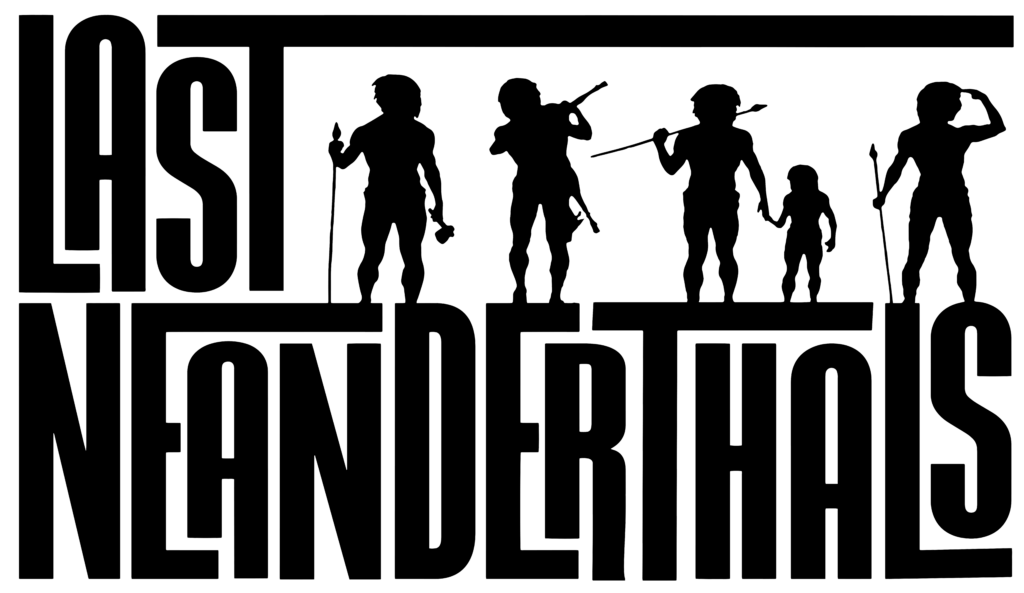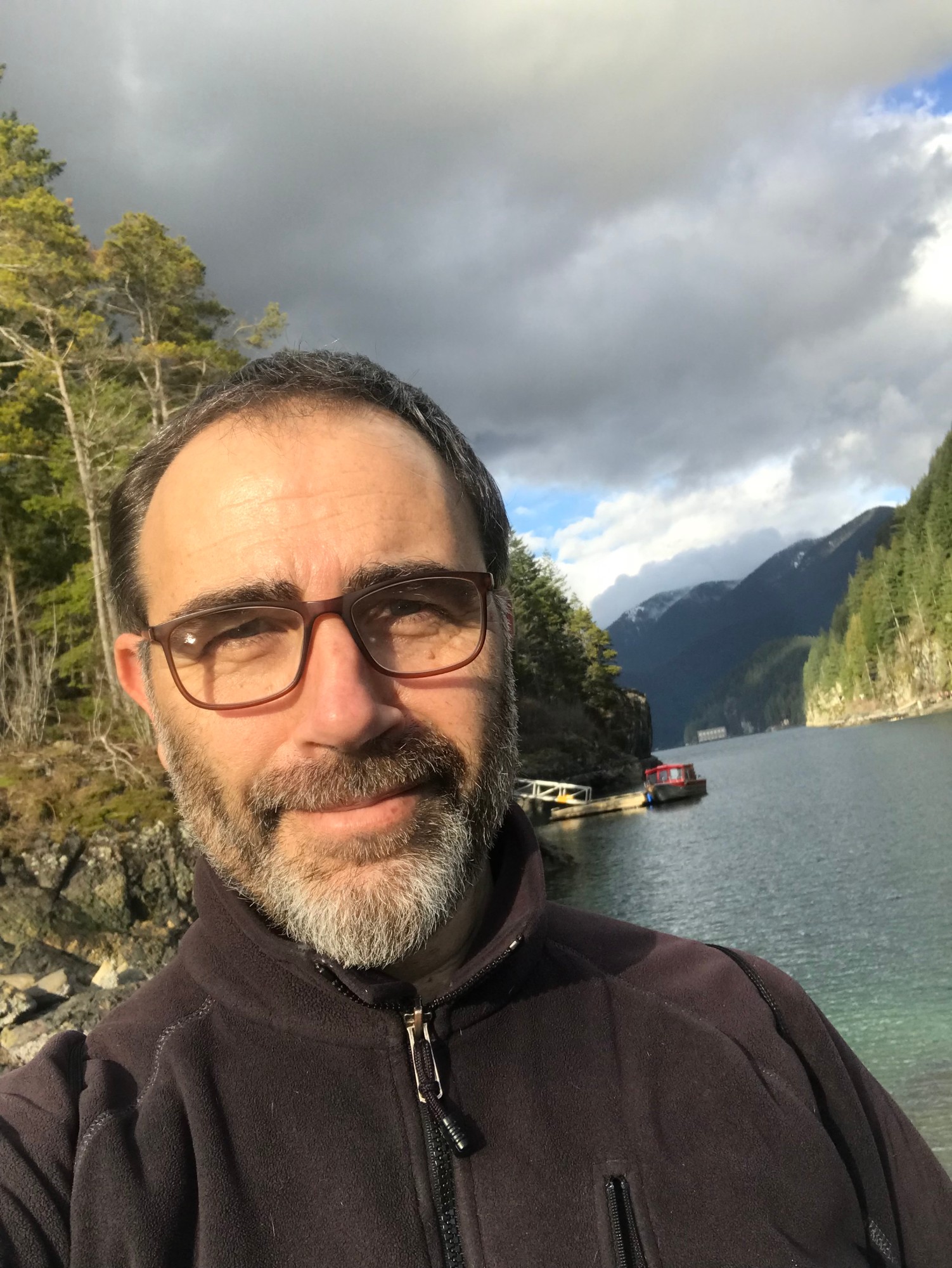activities
The LAST NEANDERTHALS project team and collaborators will aim to reconstruct the landscape, paleoclimatic, and paleoenvironmental dynamics of the study areas through multi-proxi geoarchaeological analyses.
It employs a multi-proxy approach that integrates sedimentology, soil micromorphology, stable isotope geochemistry, and magnetism from speleothems, as well as paleovegetation records derived from pollen, charcoal, phytoliths, and diatoms. Speleothem samples will be analysed for stable isotopes and magnetic properties to trace climate shifts, while cores from lakes and archaeological sites contribute to multiproxy paleovegetation and fire history reconstructions. The integration of lithostratigraphy, post-depositional processes, and fire signatures (e.g., PAHs, charcoal) provides essential data to contextualize archaeological sequences within their environmental frameworks.
The analyses will be conducted with a high temporal resolution aiming to detect environmental and climatic changes on scales of less than 100 years. Analytical collaborations include leading laboratories across Europe, China, and North America.

